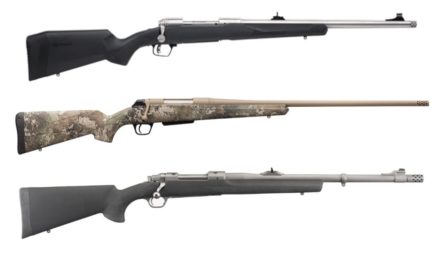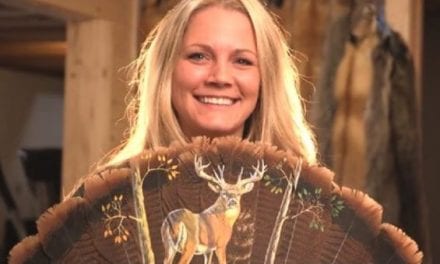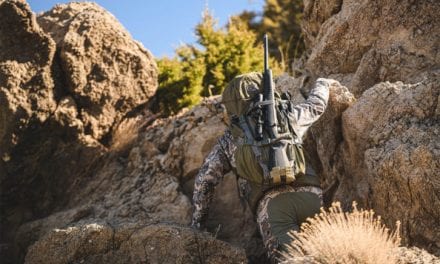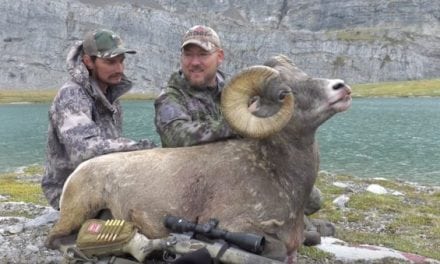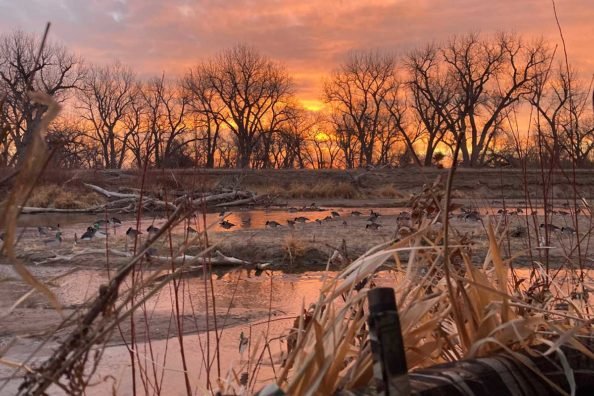
Decoys are a vital part of waterfowl hunting, so what are the best types of decoys to use?
The two main types of waterfowl decoys to use are full body and silhouette decoys. Some hunters have strong opinions about full body decoys and others prefer silhouette decoys, but is one better than the other?
Let’s take a look at both of these styles of decoys and see what the pros and cons of both of them are for duck and goose hunters.
Full Body Decoys
There is no doubt that full body decoys are the most realistic decoys out there. Many of them also incorporate some sort of motion which adds even more realism.
The bad part about these 3D decoys is that they are big and bulky. A single person can definitely not carry all of them at the same time. Ideally, you are hunting a field and can drive your truck right up to where you’re hunting, but if you can not do that, there is going to be a lot of carrying.
The worst part about full body decoys is the price. These things can get crazy expensive. Like most pieces of hunting gear, you can get some extremely nice full body decoys if you are willing to pay for them.
Although, you can still expect to spend over $400 for a dozen mid range full bodies. Since these decoys are so expensive, there is definitely a market for used or DIY decoys, so it is possible to save some money if you want to put in the effort to shop around.
There is also not just one type of full body decoy, either. There are tons of types and each of them has its place in a decoy spread. Some battery or wind powered decoys can add the perfect amount of motion to a spread. There are also floater decoys that you can use to hunt on the water. Of course, the most popular full body decoy is the simple shell decoy that sits flat on the ground.
|
Full Body Decoys |
|
| Pros | Cons |
|
|
|
|
Silhouette Decoys
Silhouette decoys, also known as silos, pick up the slack in all the areas that full body decoys fall short. These decoys are only 2D so you immediately assume that they do not look as realistic as full bodies, and if you are looking straight at it you would be right.
However, when geese are looking at these silo decoys, they are circling in the air. That gives them a totally different point of view than we get from the ground. Since these decoys are only 2D they will nearly disappear if geese look at them from the right angle. So as they are circling, decoys are appearing and disappearing rapidly, which simulates motion.
Another huge advantage of these decoys is their price. To buy a dozen of full body decoys you’re spending around $400 for the mid tier decoys, but with silos, you can get a dozen of the best decoys available for less than $100.
You will need more decoys if you are only using silhouettes. If you would normally only have a dozen full bodies, then you need at least two dozen silos. Even still, you are only paying a hypothetical $200 instead of $400. As you can see, even though you need more decoys, you still do not have to pay as much to get a spread that looks good.
Silo decoys are also much easier to transport and carry. These 2D decoys will lay right over one another, and you can easily carry two dozen or more of them in your arms. This means that it also does not take as long to set up your decoy spread.
|
Silhouette Decoys |
|
| Pros | Cons |
|
|
|
|
What Are Dedicated Hunters Using?
So if silo and full body decoys are both good, what are hunters using? Or in other words, what should you build your spread with? As it turns out, there is no one single answer to that question. A goose is not looking at your spread and saying “Oh they should have had two more full bodies or four more silos and I would have landed.”
With that being said, there is still a lot of strategy that goes into making a spread. Most of the time hunters overthink their spreads. You can use both silhouette and full body decoys in all of the basic decoy spreads and waterfowl will definitely come into them.
If you are a brand new goose hunter trying to build your first spread, many hunters will tell you to start off with a few dozen of Dive Bomb Silo Decoys. They are relatively cheap as far as decoys go, so you can build a bigger decoy spread with less money. Although you will eventually want to buy a dozen or so full body decoys to really bring your decoy spread to life. The key to any good decoy spread is diversity.
Of course, this all depends on how big of an area you are hunting and how many birds normally come around. If you are hunting a small lake, it is going to be hard to set silos up in the water. On the flip side, if you are hunting a large field, a dozen full-body decoys may not even turn the head of large groups of geese.
In general, it is good to have both types of decoys in a spread. Most hunters have more silhouette decoys than full bodies in their spread. This is just because they are cheaper and easier to use. To really add to the realism and motion, many hunters will have a dozen or so shell decoys, along with some full body decoys that produce some sort of movement.
Conclusion
There are countless types of spreads that you could make. Plus two people with the exact same decoys will nearly always set them up differently. It is normally good to keep things as simple as possible and not overthink it when hunting.
Full body decoys are an awesome addition to any decoy spread. Their realism is unmatched. The full bodies that produce movement definitely grab the eyes of geese and ducks. However, silhouette decoys are also good for a spread. You can buy nearly four times as many silos as full bodies with the same amount of money. Silhouette decoys are a go to for many hunters and they are super effective at making your spread look more full.
If I was building a brand new spread on a budget, I would only use a few dozen silo decoys. If I had a little money to spare, I would buy a dozen full bodies, and a few dozen silo decoys to surround them. If I wanted to go all out for a large hunting spot, I would buy four or more dozen silos, and a couple of dozen full bodies, and some full bodies with added motion.
NEXT: CINNAMON TEAL: THE EARLY SEASON WATERFOWLING FAVORITE
The post Full Body vs Silhouette Decoys for Waterfowl: Pros and Cons for Goose Hunters appeared first on Wide Open Spaces.











